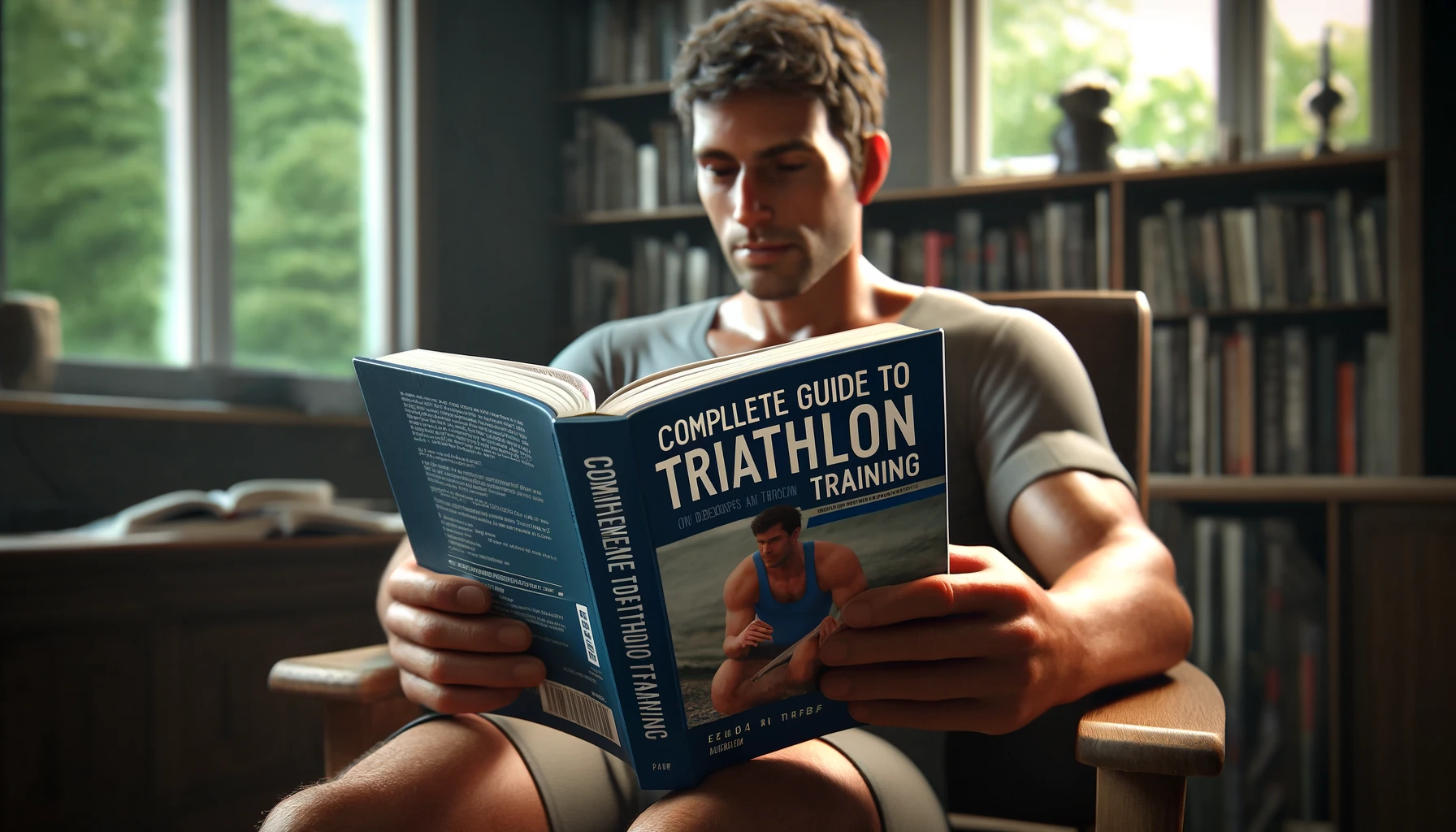Triathlon is a multidisciplinary sport that combines swimming, cycling, and running in a single competition. The distance and order of the disciplines vary depending on the type of triathlon, which can range from a sprint to an Ironman. Training for a triathlon requires a balanced and specific approach to develop skills in all three disciplines, as well as a solid foundation of general physical conditioning.
Basic Principles of Triathlon Training
Periodization
Periodization is the process of dividing training into specific cycles to optimize performance. Common cycles include:
- Macrocycle: The longest cycle, generally a year, which includes planning for the entire season.
- Mesocycle: Subdivisions of the macrocycle, typically 4-8 weeks, focused on specific goals.
- Microcycle: The smallest unit of periodization, usually a week, detailing daily training sessions.
Balance of Disciplines
Proper balance among the three disciplines is crucial. The focus can vary depending on the athlete’s individual strengths and weaknesses. It is important to distribute training time to develop skills in all areas without overloading any particular one.
Recovery
Recovery is essential to avoid overtraining and injuries. This includes rest days, light training sessions, and active recovery practices such as stretching and massage therapy.
Swimming Training
Technique
Efficiency in the water heavily depends on good technique. Focus on:
- Body Position: Maintain a horizontal and aligned position to reduce drag.
- Strokes: Perform long and smooth strokes, ensuring a good grip on the water.
- Kick: The kick should be consistent and efficient without expending too much energy.
Pool Training
- Sets: Combine speed sets with endurance sets. For example, 10×100 meters at race pace with short rests.
- Technique Drills: Spend time on technical drills like kickboard, pull buoy, and one-arm swimming.
- Strength Training: Incorporate specific strength exercises for swimming, such as push-ups and resistance band exercises.
Open Water Training
- Orientation: Practice sighting by lifting your head regularly while swimming.
- Variable Conditions: Get used to swimming in different water conditions, including waves and currents.
- Entries and Exits: Practice water entries and exits to improve transition skills.
Cycling Training
Technique and Position
- Bike Fit: Ensure the bike is correctly adjusted to your measurements to maximize efficiency and prevent injuries.
- Aerodynamic Position: Work on maintaining a comfortable aerodynamic position for long periods.
Road Training
- Interval Training: Alternate between high-intensity periods and recovery. For example, 5×5 minutes at race pace with 3 minutes of recovery.
- Long Rides: Perform long rides at a steady pace to develop endurance.
- Hill Training: Incorporate hill training to improve strength and cardiovascular capacity.
Indoor Trainer Training
- Route Simulation: Use the trainer to simulate specific race routes.
- Cadence Work: Practice different cadences to improve efficiency and muscular strength.
Running Training
Running Technique
- Posture: Maintain an upright and relaxed posture with an efficient stride.
- Cadence: Aim for a cadence of 180 steps per minute to improve efficiency and reduce injury risk.
- Foot Strike: Work on landing softly, preferably on the midfoot.
Track Training
- Speed Sets: Perform short and fast sets, like 10×400 meters at race pace.
- Fartlek: Mix fast and slow paces in a single session to improve speed and endurance.
- Pace Training: Run at a steady pace faster than race pace to improve lactate threshold.
Endurance Training
- Long Runs: Incorporate long runs at a comfortable pace to build aerobic endurance.
- Varied Terrain Training: Run on different terrains to improve muscular strength and adaptability.
Combined Training and Transitions
Brick Workouts
Combined workouts, or “brick workouts,” involve performing two consecutive disciplines to simulate race transitions. For example:
- Cycling followed by running: Perform a bike ride immediately followed by a short run.
- Swimming followed by cycling: Swim a specific distance and then quickly transition to cycling.
Practicing Transitions
Transitions between disciplines (T1 and T2) are crucial for good performance in triathlon. Practice:
- Mounting and Dismounting the Bike: Learn to quickly remove the wetsuit and efficiently mount the bike.
- Gear Changes: Optimize gear change time, such as putting on running shoes after cycling.
Nutrition and Supplementation
Before Training
- Carbohydrates: Consume complex carbohydrates before training to ensure a sustained energy source.
- Hydration: Maintain good hydration before starting any training session.
During Training
- Electrolytes: Use sports drinks that contain electrolytes to maintain mineral balance.
- Energy Gels: Consume energy gels or bars during long training sessions to maintain glucose levels.
After Training
- Recovery: Ingest a combination of proteins and carbohydrates within 30 minutes post-training to optimize recovery.
- Hydration: Continue to hydrate properly to replenish lost fluids.
Season Planning
Goal Identification
- Target Races: Choose the main races of the season and plan your training around them.
- Specific Goals: Define specific goals for each discipline and for transitions.
Evaluation and Adjustment
- Progress Monitoring: Use tools such as tracking apps and measurement devices to monitor your progress.
- Plan Adjustment: Be flexible and adjust your training plan according to your progress and any eventualities.
Training for a triathlon is a complex and challenging process that requires dedication, discipline, and careful planning. By following these principles and specific approaches for each discipline, you can improve your performance and enjoy the preparation process for your competitions. Remember that consistency is key and that each training session brings you one step closer to your goals. Good luck and enjoy triathlon!


Leave a Reply